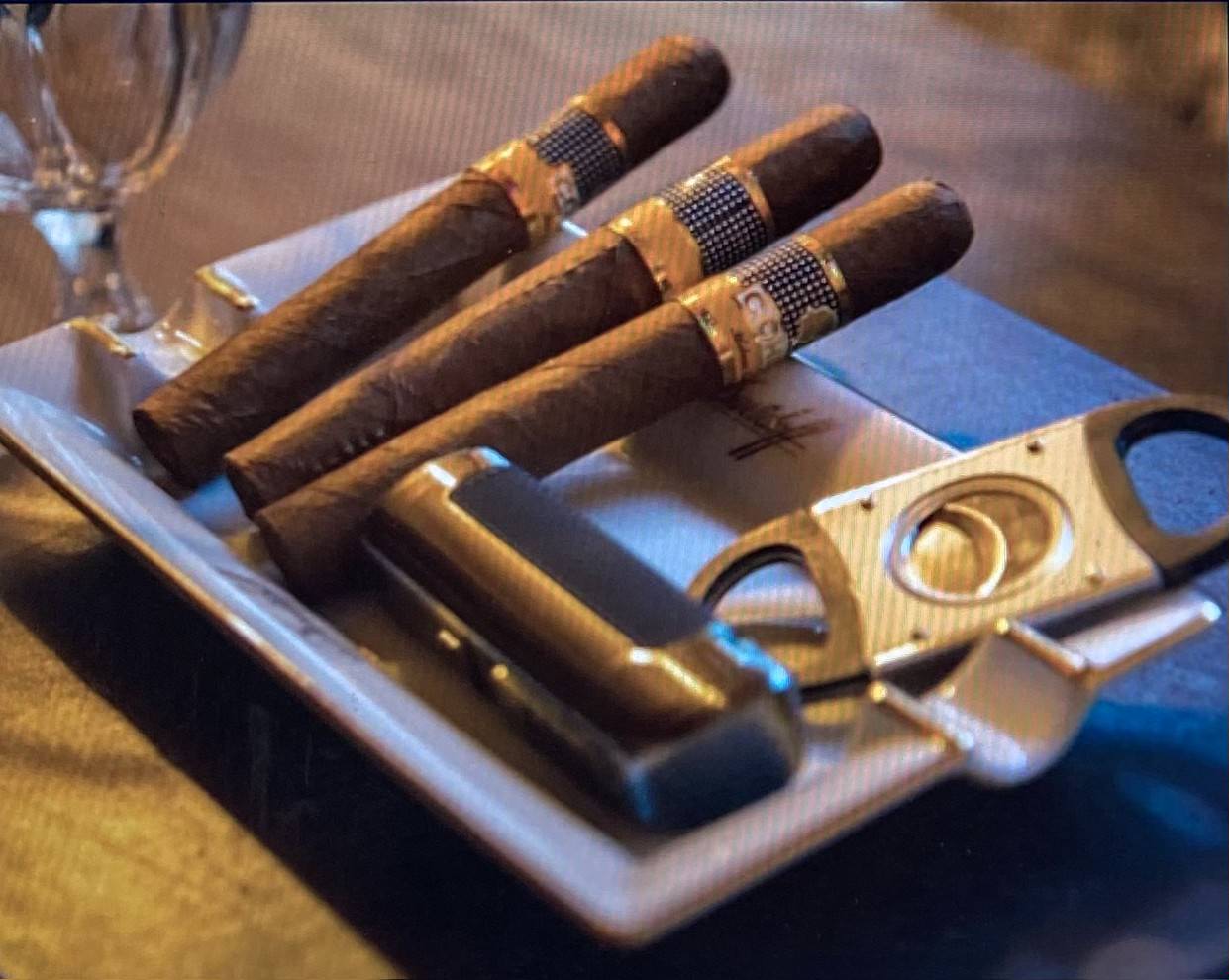EENY MEENY MINY MOE: HERBAL ICE CUBES...SAVE 10% on our Organic Herbal Blends • Loose Pre-Ground Herbal Tea Blends, on 6/10th
NATIONAL HERBS & SPICES DAY June 10th sipnchill.com.co

- Edible flowers include citrus blossom, clover, daisies, dandelions, hibiscus, honeysuckle, lavender, lilac, mums, nasturtium, pansies, roses, sunflowers and violets, among others.
Always check to make sure a flower is edible and, when in doubt, don’t eat it!
It is important to proceed with caution because several flowers, such as azaleas, buttercups, daffodils, delphinium and wisteria, just to name a few, are poisonous. One very important thing that you need to remember is that not every flower is edible.
Follow recipes carefully... if you are improvising, introduce these petals to your diet in small amounts so that you can gauge your body's reaction. If you have allergies, you should proceed with extra caution; you may want to check with your doctor first.
aka sure there are no insects stuck inside your flowers.
Carnations: Steep in wine, candy, or use as cake decoration. To use the surprisingly sweet petals in desserts, cut them away from the bitter white base of the flower. Carnation petals are one of the secret ingredients that have been used to make Chartreuse, a French liqueur, since the 17th century.
Gladiolus: Flowers (anthers removed) have a nondescript flavor (taste vaguely like lettuce) but make lovely receptacles for sweet or savory spreads or mousses. Toss individual petals in salads.
Hibiscus: Cranberry-like flavor with citrus overtones. Use slightly acidic petals sparingly in salads or as garnish.
Lilac: The flavor of lilacs varies from plant to plant. Very perfume-y, slightly bitter. Has a distinct lemony taste with floral, pungent overtones. Great in salads.
Roses: Flavor reminiscent of strawberries and green apples. Sweet, with subtle undertones ranging from fruit to mint to spice. All roses are edible, with the flavor being more pronounced in the darker varieties. Miniature varieties can garnish ice cream and desserts, or larger petals can be sprinkled on desserts or salads. Freeze them in ice cubes and float them in punches. Petals can be used in syrups, jellies, perfumed butters and sweet spreads. Note: Be sure to remove the bitter white portion of the petals.


